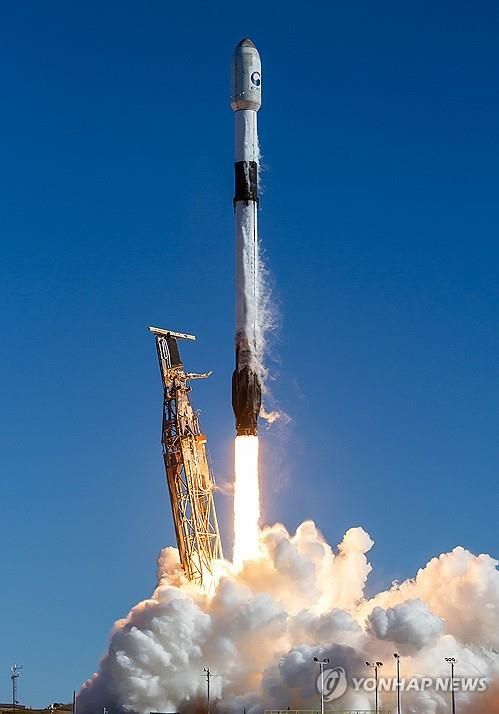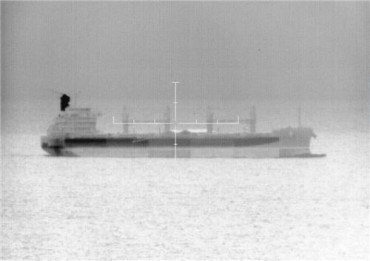
A SpaceX Falcon 9 rocket carrying South Korea’s first indigenous spy satellite lifts off from U.S. Vandenberg Space Force Base in California on Dec. 1, 2023 (local time), in this photo provided by SpaceX. (Yonhap)
SEOUL, March 3 (Korea Bizwire) – South Korea’s first military spy satellite has successfully transmitted “good-resolution” images of central Pyongyang back home following the satellite’s launch in December, military sources said Sunday.
The first indigenous South Korean military spy satellite was placed into orbit from Vandenberg Space Force Base in California on Dec. 2, allowing South Korea to independently gain satellite imagery on the North Korean military and leadership.
According to the sources, the electro-optical and infrared (EO/IR) satellite has been sending home satellite images of North Korean regions, including Pyongyang, in a test transmission.
“Seen from the results of the editing on recently transmitted satellite photos, the resolution is as good as expected,” a military source said.
“Pyongyang’s central area and vessels at a port are clearly seen (in the photos),” the source noted.
The photos currently being transmitted need some heavy editing, but the satellite is expected to send home higher-resolution images beginning next month, other sources also said.
Sources did not specify the exact subjects photographed in the images, citing intelligence reasons. Central Pyongyang houses the headquarters building of the Workers’ Party of Korea, where leader Kim Jong-un’s office is located.
“Given the current conditions, (the satellite) is anticipated to enter its full reconnaissance mission by June or July as planned,” another source noted.
Once the indigenous satellite goes into its full mission phase, it is expected to help reduce South Korea’s heavy reliance on U.S. satellite imagery on North Korea, which could boost Seoul’s independent monitoring capabilities of North Korea.
By 2025, South Korea plans to send four more satellites into space to better monitor North Korea, including the second, synthetic aperture radar satellite, scheduled to be launched in April from an air force base in Florida.
(Yonhap)






